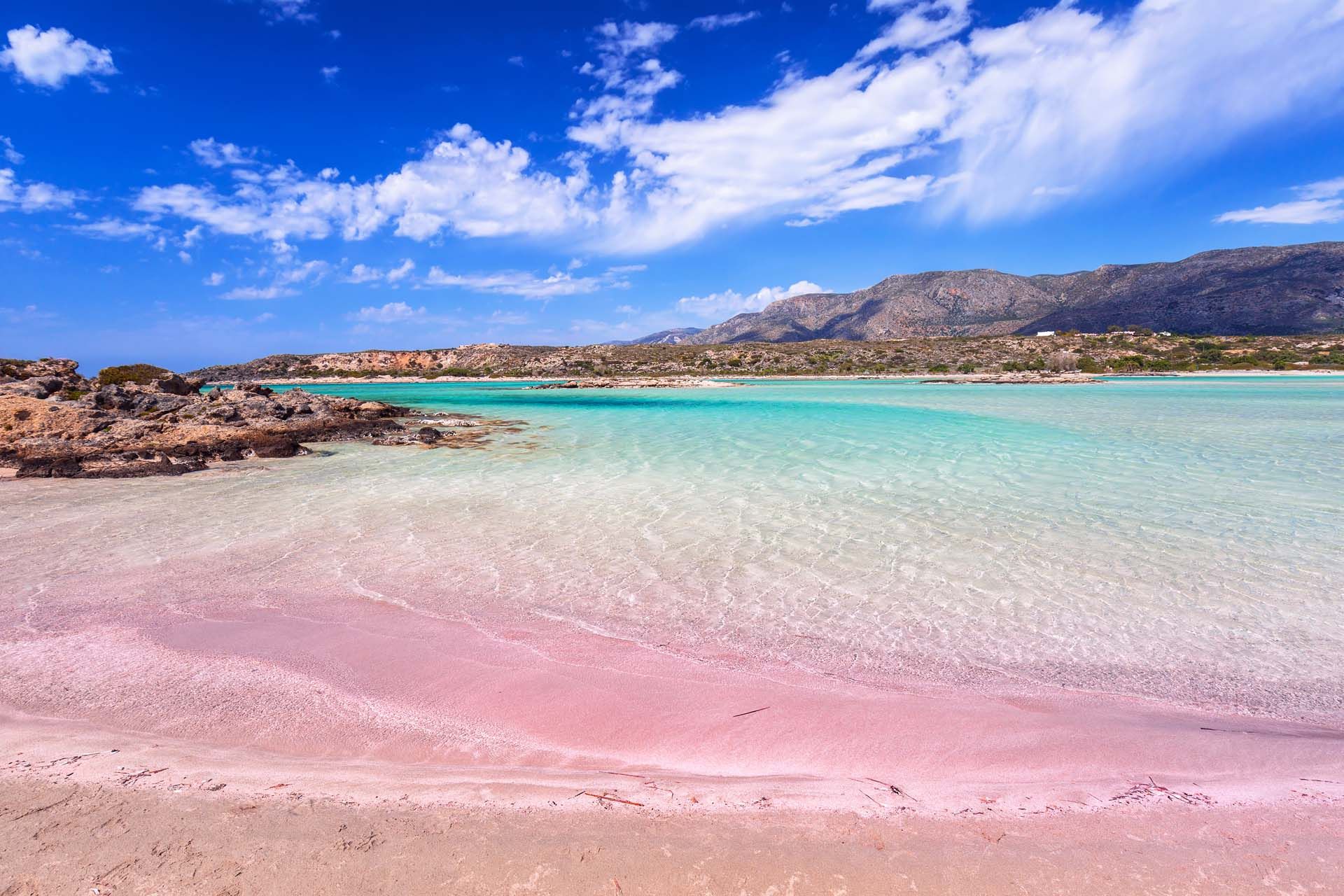- Coasts & Islands
- Activity
- Beach
- Europe
- Greece
- Crete
- Inspiration
- See & Do
- Where to stay
Planning your own trip? Prepare for your trip
Use Rough Guides' trusted partners for great rates
Travel advice for Greece
From travel safety to visa requirements, discover the best tips for visiting Greece
- How to get to Greece
- Best time to visit Greece
- Crete itineraries - how to spend 5, 7, 10 or 14 days in Crete
- How to get from Athens to Crete
- Greece travel tips and advice
- Travel health in Greece
- Eating and drinking in Greece
- Customs and etiquette in Greece
- Sports and Outdoor activities in Greece
- History of Greece
- Getting around Greece: Transportation Tips












